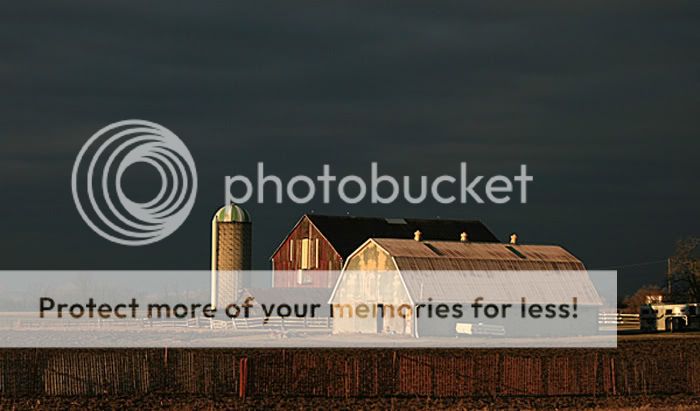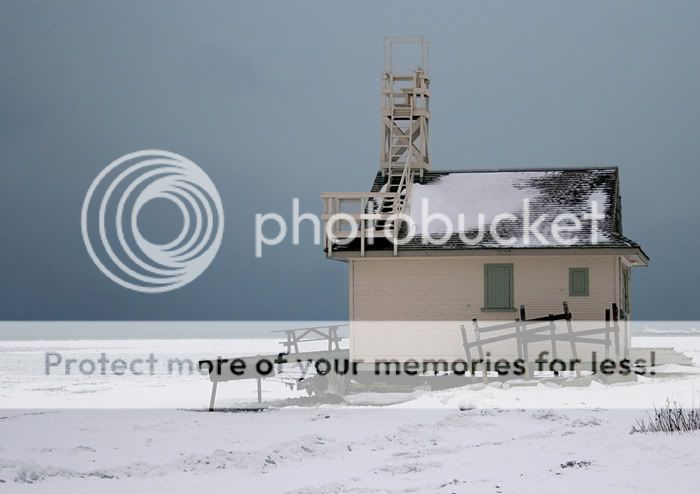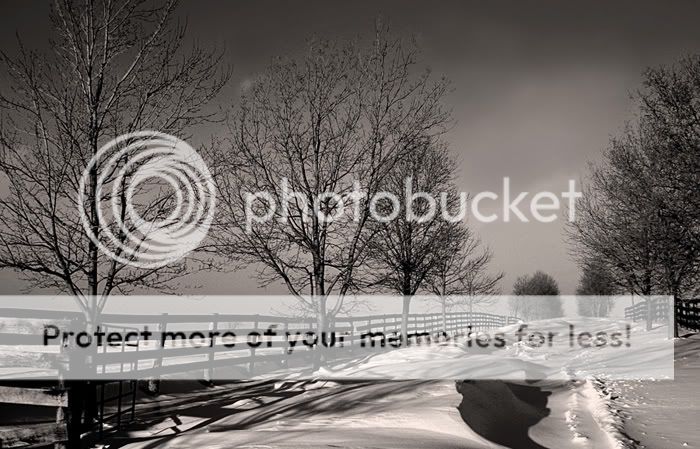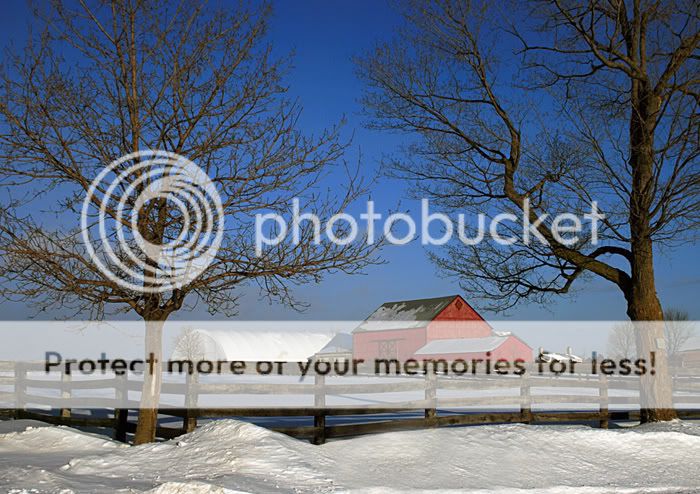Holly Cawfield
New member
I took this a couple of days after I got the dslr. It was just at sunrise on New Year's Day morning and I had been out in the dark waiting for dawn. It was a rather extraordinary morning with extremely dark cloudy skies and when the sun peeked over the horizon I was able to get some unusually contrasting photos at a site where a farm had burned down. I left that place when the sun disappeared behind all the clouds and as I was driving up a country road the sun burst out again for about 2 minutes. It was an incredible 'light moment' so I slammed on the breaks and got a photo of this farm. I was only able to get three shots before the sun hung up its 'closed for business' sign and this is one of them.
I've had mixed reactions from people who've seen this picture but to me it's almost symbolic. Light meets dark at the dawn of a new year. I only wish I'd had more time to take more shots or get closer before the sun disappeared. I haven't adjusted the levels in this, other than a crop and some sharpening, this is the way the camera 'saw' that sky with the exposure stopped down a bit.
I aim to take most outdoor photographs now either in the early morning or late in the day which gives the dramatic effect I like but I'm still trying to find my own 'photographic vision' as it were. The reactions that 'this is too dark' or 'not enough light and definition in the sky' have made me wonder whether stopping down the exposure was the wrong move with this sort of situation?????
Holly

I've had mixed reactions from people who've seen this picture but to me it's almost symbolic. Light meets dark at the dawn of a new year. I only wish I'd had more time to take more shots or get closer before the sun disappeared. I haven't adjusted the levels in this, other than a crop and some sharpening, this is the way the camera 'saw' that sky with the exposure stopped down a bit.
I aim to take most outdoor photographs now either in the early morning or late in the day which gives the dramatic effect I like but I'm still trying to find my own 'photographic vision' as it were. The reactions that 'this is too dark' or 'not enough light and definition in the sky' have made me wonder whether stopping down the exposure was the wrong move with this sort of situation?????
Holly





